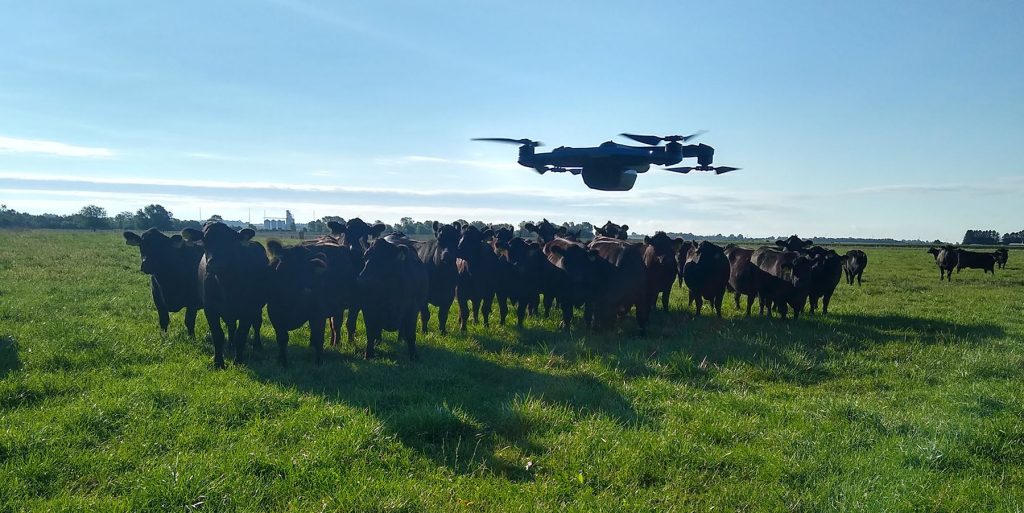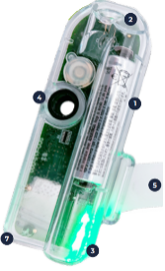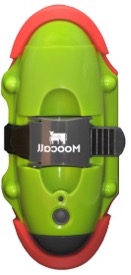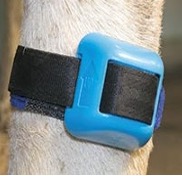
I-FARM U: Animals
Animal producers increase the number of their animals every year. However, the size of the land used by these animals does not increase proportionally. As a result, maintaining animal health, improving animal welfare, improving environmental sustainability, helping farmers effectively take care of those animals, and keeping the whole system profitable remain the challenges faced by animal producers. Therefore, using precision management technologies would help farmers overcome these challenges.
Precision management technologies allow animal producers to manage individual animals by continuous, automated, and real-time monitoring of health, well-being, reproduction, and environmental impact. Indeed, sensors are used to monitor the environment animals are exposed to (indoors or outdoors). Sensors are, then, used to collect animal responses to their environment. Next, based on the data collected by the sensors, algorithms are developed to generate alarm systems and management decisions for the animal producers. For example, based on the expected animal producers’ desired outputs such as animal weight gained, amount of food eaten by animals, animal activity, and based on the current animal status obtained from the sensors data, animal producers can effectively make changes on the environment to reach their targeted outputs.
Types of sensors used to monitor animal activities — and their current challenges
Wearable sensors are attached to each animal to measure several parameters. For example, collars measure activity, positioning, rumination, feeding, and walking. Ear tags measure activity, positioning, temperature, rumination, and feeding time. Tail rings measure activity and contractions. Leg straps measure activity, lying time, and walking time. Electronic boluses measure rumination. However, it is expensive and impractical to equip each animal with all these wearable sensors. Moreover, aggregating all data obtained from all these sensor sources to generate meaningful recommendations remains challenging. Finally, these wearable sensors tend to have short periods of power autonomy.

Collar
Collars monitor activity, positioning, rumination, feeding, and walking time
Resources: https://petpace.com/smart-sensing-collar/

Ear tag
Ear tags monitor activity, positioning, rumination, and feeding.
Resources: https://www.cattletags.com/

Tail ring
Tail rings monitor activity and contractions.

Leg strap
Leg straps monitor activity, lying time, and walking time.
Resource: https://www.peacocktechnology.com/
The I-FARM solution
The Farm of the Future is exploring the capabilities of using one sensor (cameras) to take all, or most, necessary measurements. For an indoor application such as in barns, it is easy to attach a camera to the ceiling to take all parameters of every animal. However, for outdoor applications, it is challenging because there are not any places to install the camera to effectively capture all measurements of every moving animal. A drone camera is currently under testing. Finally, camera-wearable sensor combination is also being studied, especially for outdoor applications. Ideally, a maximum of one wearable sensor in combination with computer vision technology will be achieved.